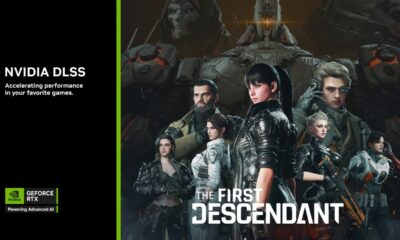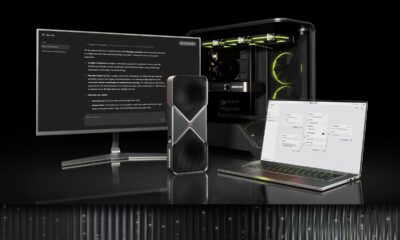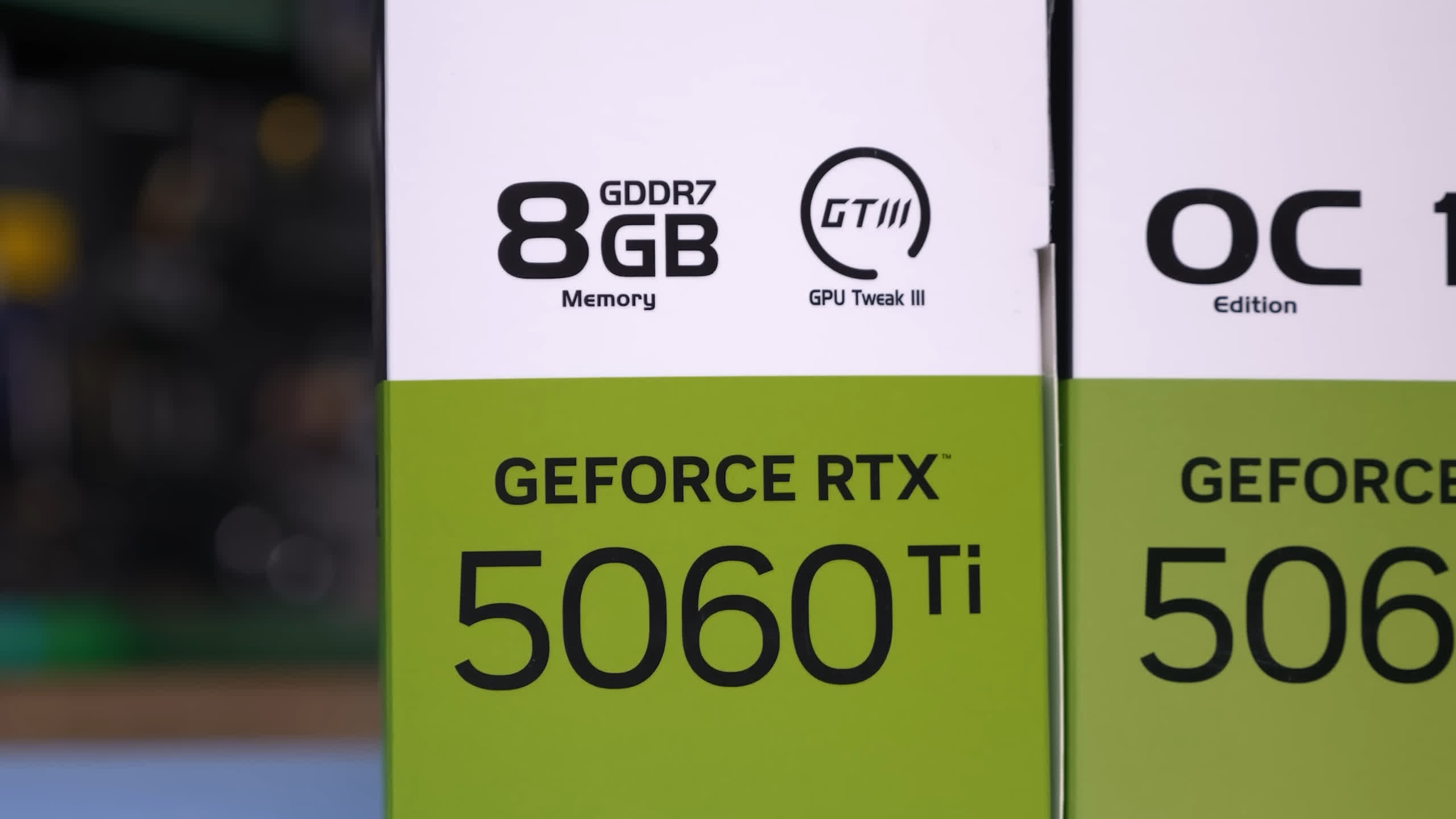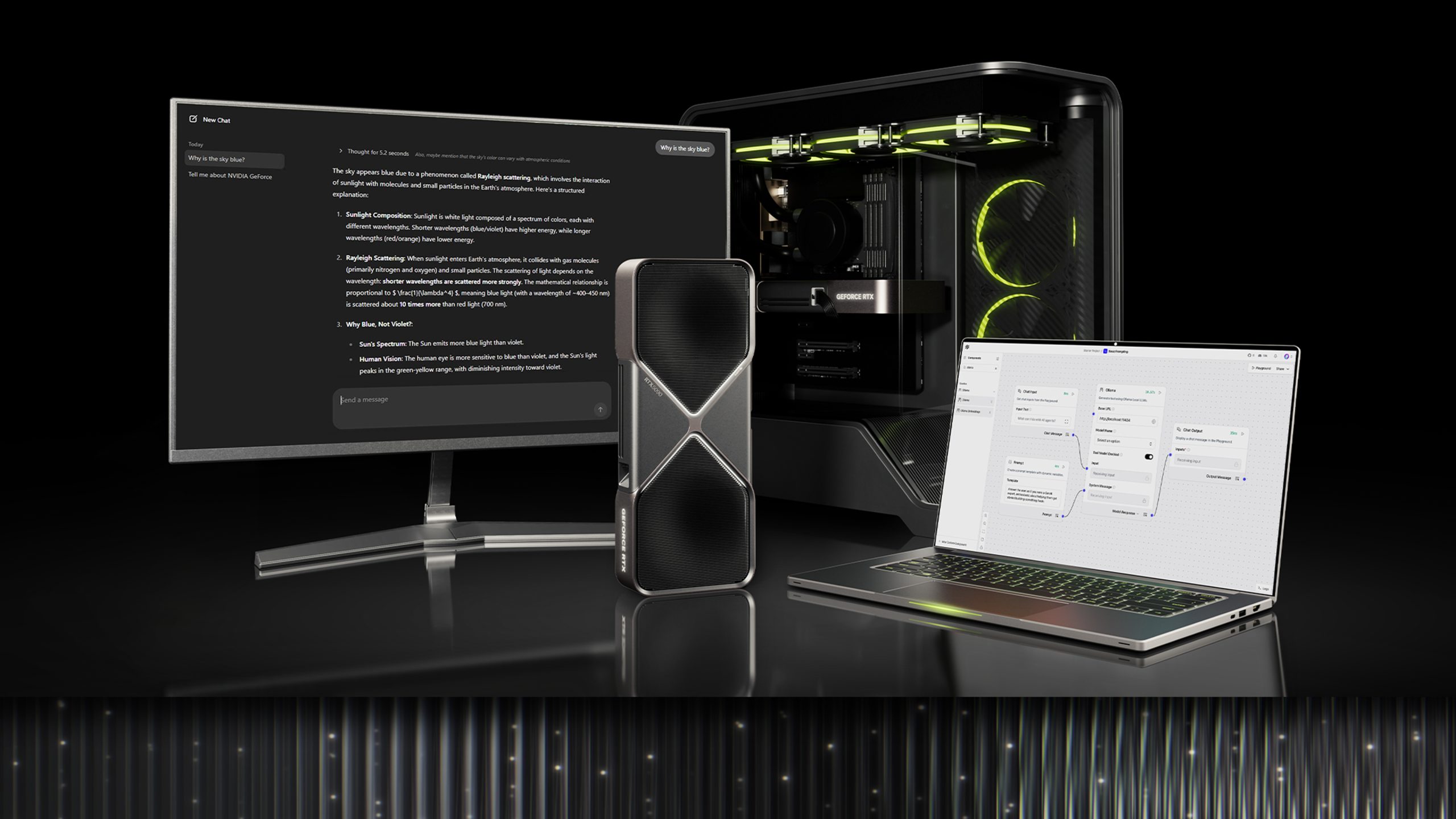News
The American Musician Sending Microphones From Russia to the World
**American Musician Turns Russian Microphones Into Global Success**
What’s Happening?
An American musician is bridging cultural divides by exporting high-quality Russian-made microphones worldwide, defying geopolitical tensions and economic sanctions.
Where Is It Happening?
The microphones are crafted in Tula, Russia, a city south of Moscow, and shipped to Europe, the United States, China, and other global markets.
When Did It Take Place?
The initiative began amidst ongoing sanctions, showcasing resilience in international trade despite political challenges.
How Is It Unfolding?
– David Arthur Brown, the musician behind the venture, sources microphones from a factory in Tula.
– The Soyuz microphones are gaining popularity for their affordability and sound quality.
– The enterprise emphasizes collaboration despite political tensions between Russia and the West.
– Musicians and audio professionals worldwide are embracing the microphones as a viable alternative.
Quick Breakdown
– **Location**: Tula, Russia.
– **Product**: Soyuz microphones.
– **Markets**: Europe, U.S., China, and more.
– **Driver**: American musician David Arthur Brown.
– **Context**: Operating amidst economic sanctions.
Key Takeaways
David Arthur Brown’s initiative highlights the power of cultural and economic exchange even in challenging times. By exporting Russian-made microphones to a global audience, he demonstrates how art and technology can transcend political barriers. This venture not only provides high-quality audio equipment to musicians worldwide but also supports local Russian craftsmanship. It’s a testament to the idea that collaboration can thrive despite geographical and political divides, fostering mutual growth and understanding.
“In a world divided, it’s the shared love for music that unites us. These microphones are more than just tools—they’re symbols of connection.”
– Lydia Chen, Audio Engineer
Final Thought
**David Arthur Brown’s initiative demonstrates that creativity and commerce can bridge divides. By turning a small Russian factory into a global supplier, he’s not just selling microphones—he’s selling hope, unity, and the universal language of music.**
-

 New York7 days ago
New York7 days agoYankees’ Aaron Boone Makes Cody Bellinger Statement After Aaron Judge Injury
-

 New York4 days ago
New York4 days agoToday in History: Investigation into Andrew Cuomo released
-

 New York4 days ago
New York4 days agoSmall quake shakes the New York area. USGS says magnitude was 3.0
-

 Chicago5 days ago
Chicago5 days agoESPN Provides Strong Response After Chicago Sky Pushed To ‘Shut Down’ Angel Reese
-

 Houston4 days ago
Houston4 days agoWhy isn’t Dustin May starting on Sunday for the Red Sox?
-

 Austin4 days ago
Austin4 days agoWho Is Austin Drummond? What to Know About Quadruple Homicide Suspect
-

 Chicago3 days ago
Chicago3 days agoChicago Sky HC Makes Dissatisfaction Clear Amid 1-10 WNBA Collapse in Angel Reese’s Absence
-

 Las Vegas4 days ago
Las Vegas4 days agoGolden State Valkyries Vs Las Vegas Aces: Injury Report, Starting-5, Prediction and More on Tonight’s WNBA Preview
















